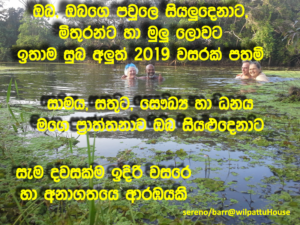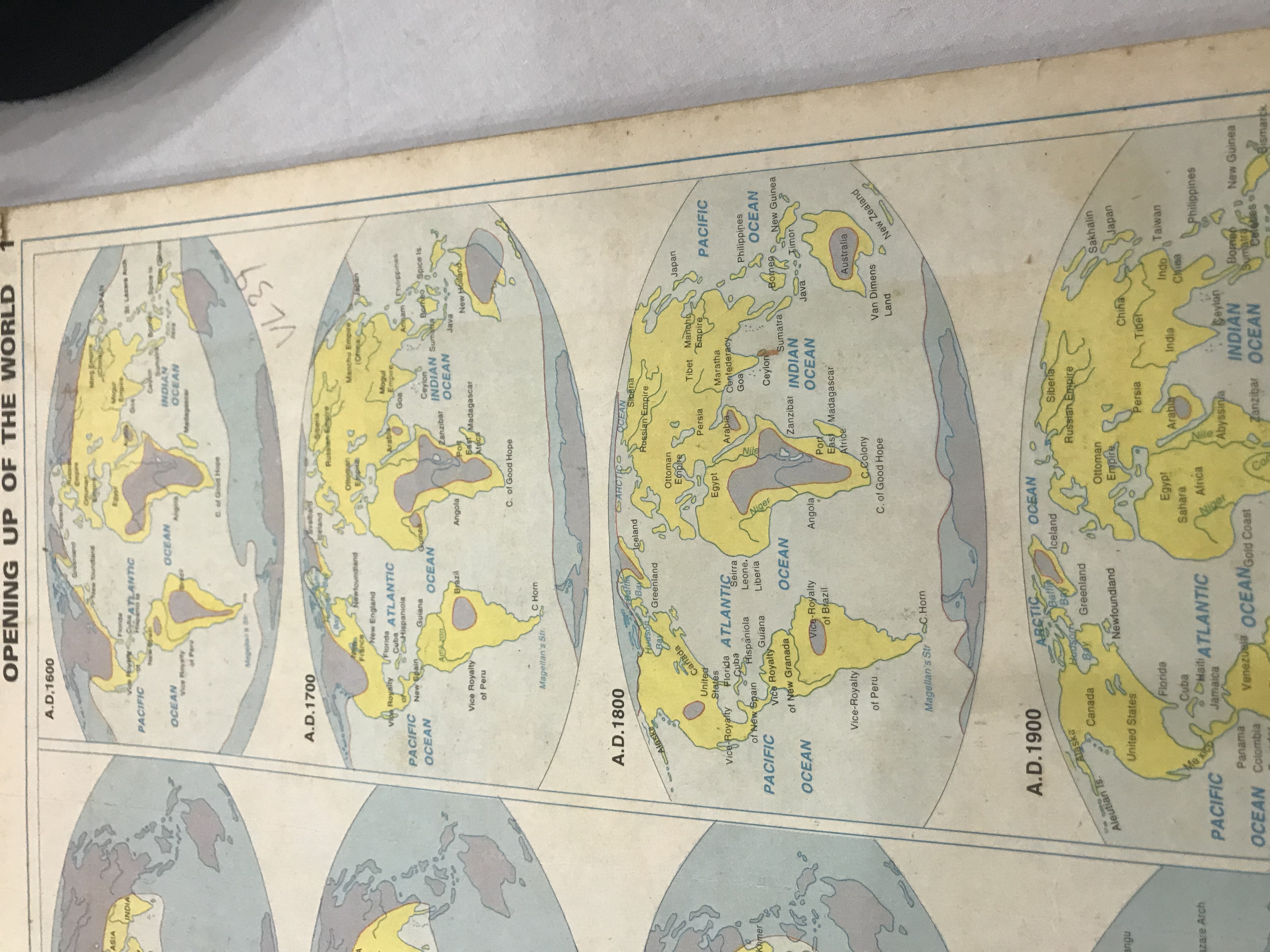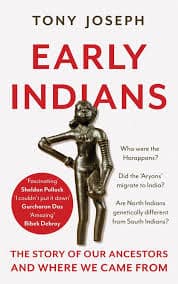One of the many things in life that fascinate me is the way something becomes news. In my previous life in Pakistan, I had the opportunity to explore this issue further. I interacted with plenty of journalists, both as a source of news and sometimes as a reporter. I was never involved in decisions that happened in the newsroom or any particular editorial decisions but I saw journalists working at close quarters. I was intrigued by many things and asked a lot of questions. One of my friends who used to work at BBC Urdu service once said that BBC’s way of reporting a story is to give everybody a chance to speak. If a bicycle is stolen from an apartment complex, BBC journalists would like to talk to the owner, the thief and if possible, even the bicycle. BBC’s standards are not widely followed in Pakistan (based on my limited view) and a lot of local reporting by correspondents of major newspapers and TV channels is cursory. I also became aware of this issue when I talked to people working at Punjab Lok Sujag, a non-gvovernmental organisation with local roots which had previously worked in making Punjab’s culture more popular (by staging plays in Punjabi, translating major works of fiction in Punjabi and holding an annual Punjabi mela [fair]).
I recently read a excellnt book that dealt with issues of all things ‘news’. It was published in 2007-8 by British journalist, Nick Davies. He spent most of his career working at the Guardian and The Observer in England but he did oversees stints in Australia and United States as well. The book starts off with an exploration of the ‘millenium bug’ story that gripped the attention of a lot of people at the turn of the twentieth century. I’ll let Mr. Davies do most of the talking here.
Where did the millenium bug story start?
“As far as I can tell, the story first hatched one Saturday morning in May 1993, in Toronto, Canada. Inside the city’s Financial Post, on page 37, there was a single paragraph. Under the headline, ‘TURN OF CENTURY POSES A COMPUTER PROBLEM’, the story recorded that a Canadian technology consultant called Peter de Jager was warning that many computer systems would fail at midnight at the start of the new century and that few companies had taken steps to head off the problem.
Rather like the B-movie egg which is laid by the alien in the dark corner of the peaceful suburb, this little story broke out of its shell and slowly started to distribute its offspring around the undefended planet. By 1995, it had spread out of North America into Europe and Australia and Japan. By 1997, bug stories were being sighted all over the globe. By 1998, they had multiplied tenfold, infiltrating media outlets of every kind, and they were still mutating and dividing, still penetrating more and more newspaper columns, more and more broadcast news bulletins until finally, as Millennium Eve approached, they achieved a global conquest of the media, tens of thousands of bug stories infesting almost every news outlet on the planet.”
The financial cost of the story
“Journalists reported that the British government had spent £396 million on Y2K protection. They also reported that it had spent £430 million. And that it had spent £788 million. The American government had spent far more, they said – $100 billion, or $200 billion, or $320 billion, or $600 billion, or $858 billion, depending on which journalist you were reading. Anyway, it was a lot. Beyond that, the private sector had spawned a mini-industry of companies selling millennium bug kits, while publishers turned out bug books and bug videos, and estate agents sold bug-resistant homes, and a few families sold their houses and fled to remote cabins in order to give themselves a chance to survive the coming bug-related chaos.”
How he defines ‘Flat Earth News’
“This [millenium bug story] is Flat Earth news. A story appears to be true. It is widely accepted as true. It becomes a heresy to suggest that it is not true – even if it is riddled with falsehood, distortion and propaganda”
An issue that befuddles ordinary consumers of news (like myself) is the difference between objectivity and neutrality. Should journalists be telling the truth (Objectivity) or just giving both sides of the story (Neutrality)?
“Neutrality requires the journalist to become invisible, to refrain deliberately (under threat of discipline) from expressing the judgments which are essential for journalism. Neutrality requires the packaging of conflicting claims, which is precisely the opposite of truth-telling. If two men go to mow a meadow and one comes back and says, “The job’s done”, and the other comes back and says ‘We never cut a single blade of grass’, neutrality requires the journalists to report a controversy surrounding the state of the meadow, to throw together both men’s claims and shove it out to the world with an implicit sign over the top declaring, ‘We don’t know whats happening-you decide’.
The damage goes further than merely abandoning the primary purpose of journalism. It actually transfers the truth-telling judgments out of newsrooms and into the hands of outsiders.”
Mr. Davies mentions that most of the news stories in major newspapers are lifted straight from news agencies, which could be local and global. Two global agencies that he talked about are Associated Press (AP) and Reuters.
“Just like PA (Press Association, England), their concern with accuracy is deliberately different from a newspaper’s concern with truth. One man who has spent many years as a senior executive from Reuters echoed Jonathan Grun from PA explaining to me that Reuters was not concerned about the truth. The agency would try to provide an accurate amount of an opposing point of view: ‘But it isn’t an agency’s job to start choosing between these voices and saying who is telling the truth’. All the great flat earth news stories have travelled via wire agencies into the unprotected global media. It was AP and Reuters who told the world about the millenium bug and the weapons on mass destruction, who carried the myths about drugs and crime and radiation and education and all the other Huckers, big and small. All these stories were accurate, in that they faithfully recorded what somebody had said; none of them were true”.
The epilogue of the book starts with some golden words from The Simpsons: “Journalists used to question the reasons for war and expose abuse of power. Now, like toothless babies, they suckle on the sugary teat on misinformation and poop it into the diaper we call the six ‘o clock news”.



